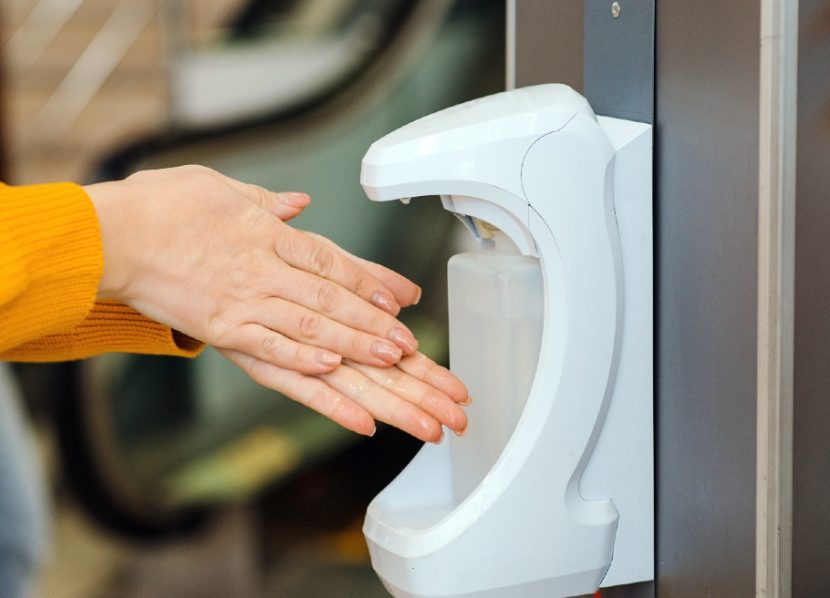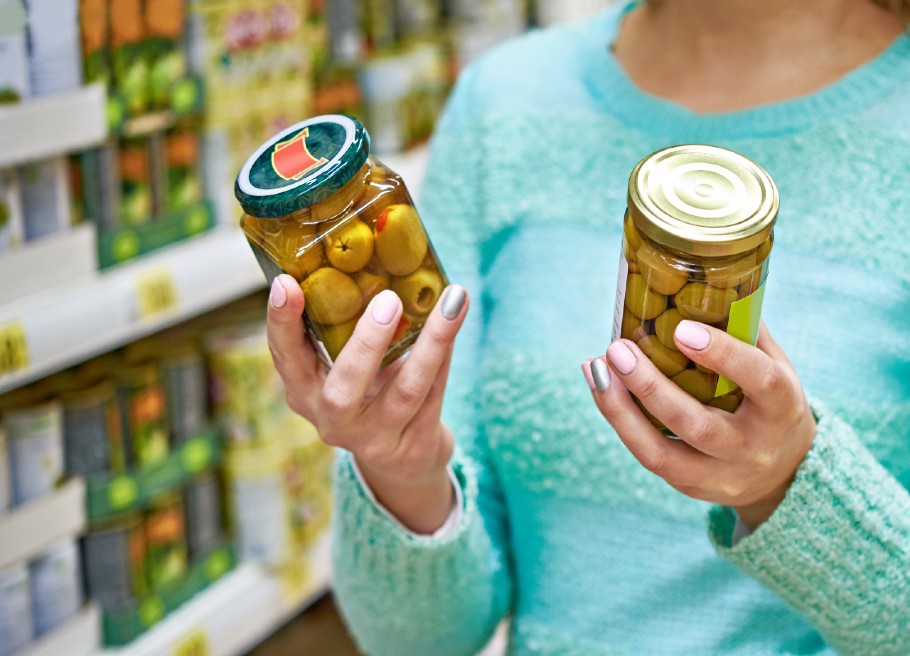How Gamification, Computer Vision and IoT is Improving Hand Hygiene Compliance
By Andrea Tolu
Hand hygiene is a long-standing issue in the food industry. While hand hygiene may seem to be simple and straightforward: it’s a quick activity, there are GMPs in place that explain clearly how and when to do it, food workers receive regular training on it, and its effectiveness has been known for almost 200 years. Yet, in practice, recent data suggests that food operators don’t wash their hands as they should.
Hand hygiene compliance in the food industry is generally not very good and it hasn’t been improved substantially in the last few years.
A case study published in 2020 in the International Journal of Environmental Health Research used CCTV footage to assess compliance with hand hygiene protocols in a UK food manufacturing plant. Of the 200 occurrences that were examined, only 4 (2%) were compliant. In the remaining 98%, plant workers skipped at least one step, such as pushing sleeves up 3 inches above the wrist or lathering hands for at least 20 seconds. In 15 cases there was no handwashing at all. A similar study published in 2019 in the same Journal recorded equally low rates.
“Hand hygiene compliance in the food industry is generally not very good and it hasn’t been improved substantially in the last few years. The same holds true for healthcare,” says Ewen Todd, PhD, professor of Food Science and Human Nutrition at Michigan State University, consultant, and former Senior Research Scientist for Health Canada. “It got better during the COVID-19 outbreak, as there was a great concern about the virus being transmitted by body contact, but then people went back to their old habits.”
In the food industry there are several factors that hinder the formation of better practices. One of them is the recommended frequency of handwashing. According to the FDA’s Employee Health and Personal Hygiene Handbook, operators should wash their hands not only at the beginning of the shift, but every time they use clean equipment and utensils, when changing tasks or types of food, after touching bare human body parts, and of course after using the toilet, coughing, or sneezing. Also, if gloves are required, hands should be washed before putting them on and after taking them off.
Pressure and tiredness can make these rules much harder to follow: “Operators in foodservice get rushed off their feet at lunch or dinner time, while in food plants they may get jaded at the end of the shift. As a result, they tend to skip some of the steps, such as giving enough time to washing and rinsing,” says Todd.
Lack of facilities can be another issue: “Usually, if handwashing basins and faucets are close and there’s a good drying system, people will use them. But sometimes there’s only one of them available and it’s too far away, especially if operators have a limited time to complete operations. The appropriate number is important too: you don’t want three people queuing up at the same time to use it.”
It was the issue of lack of infrastructure that gave Max Simonovsky, founder & CEO of Soapy, a company based in Israel, the idea for developing a system to improve hand hygiene in food and healthcare facilities.
“As my son and I were going back home from the playground, he – who was two and a half years old at the time – told me that he had come to the conclusion that handwashing was not important,” recounts Simonovsky. “I asked him why, and he said that he tried to wash his hands, but no water came out of the faucet, and because of that, he decided that water was not important, and washing hands or showering were not important either.”
After the initial amusement, Simonovsky realized that the thought process of an adult is not that different, and that technology could help bridge the gap between recommended and actual hand hygiene practices.
Soapy’s devices automate every aspect of the handwashing cycle such as quantity of water and soap and water temperature. Each station is equipped with a monitor showing a live tutorial of every single gesture and a timer. At a more sophisticated level, Soapy’s system can measure gestures: “Using a variety of sensors and computer vision we analyze speed of motion, sound, and friction of hands. We generate roughly 100 different parameters and use cloud analytics to understand if handwashing was done according to the guidelines,” says Simonovsky.
This data can be used by quality assurance managers to assess the overall performance of teams and individuals and identify where corrective actions are needed.
Unlike other aspects of food safety, the use of technology in hand hygiene compliance has been somewhat limited so far: “Analyzing and evaluating actual human behavior against guidelines is a complex problem to solve. You need industry 4.0 technologies that until five-seven years ago were very expensive or not at the level they are today,” says Simonovsky.
But monitoring, even if it’s more efficient, may not be enough: “One of the things we learned early on, is that in order to form good habits, you need positive reinforcement,” says Simonovsky. “If you don’t know if you’re doing things properly, you won’t learn anything new. Our machine evaluates the wash cycle, giving an immediate report when done. Based on the score, another wash may be recommended. This creates competitive gamification between users, as they try to improve their score or outperform their co-workers’.”
According to Simonovsky, this new approach can enforce positive hygiene practices: “Achieving real hand hygiene compliance is a big challenge because you have the human factor built into it. Instead of focusing only on management control, we are trying to motivate people and make handwashing fun and create a self-governance by the employees themselves.”
About the Author:
Andrea Tolu is a freelance writer and ghostwriter who works with companies and thought leaders in the food industry. Other than food safety, he writes regularly about food regulations, ingredients, and alternative proteins.

-
 FeaturedRisk management
The Cost of a Breach: What a Cyberattack Could Mean for Food Safety Recalls
FeaturedRisk management
The Cost of a Breach: What a Cyberattack Could Mean for Food Safety Recalls
-
 FeaturedRisk management
Securing the Food Chain: How ISO/IEC 27001 Strengthens Cybersecurity
FeaturedRisk management
Securing the Food Chain: How ISO/IEC 27001 Strengthens Cybersecurity
-
 FeaturedRisk management
Revolutionizing Food Safety Training: Breaking Out of the “Check-the-Box” Mentality
FeaturedRisk management
Revolutionizing Food Safety Training: Breaking Out of the “Check-the-Box” Mentality
-
 GFSI Standards
GFSI 2025: Building Trust, Tech-Forward Solutions, and Global Unity in Food Safety
GFSI Standards
GFSI 2025: Building Trust, Tech-Forward Solutions, and Global Unity in Food Safety
-
 FeaturedFood Safety
Integrated Pest Management: Strategies to Protect Your Brand’s Reputation
FeaturedFood Safety
Integrated Pest Management: Strategies to Protect Your Brand’s Reputation
-
 FeaturedFood Safety Culture & Training
No Open Door Policy: Challenges That Impact Pest Control in Food Processing Plants
FeaturedFood Safety Culture & Training
No Open Door Policy: Challenges That Impact Pest Control in Food Processing Plants




